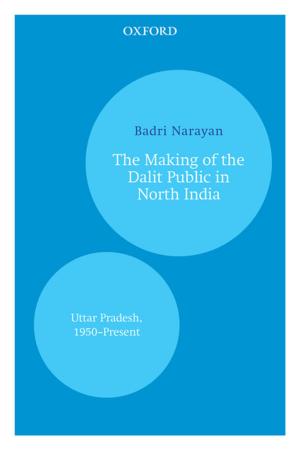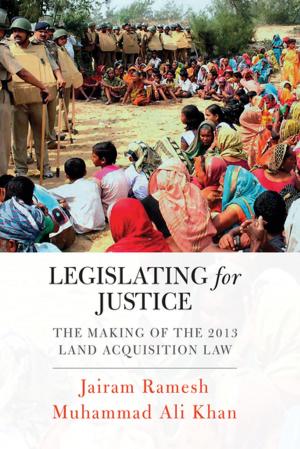| Author: | Nishikant Kolge | ISBN: | 9780199091386 |
| Publisher: | OUP India | Publication: | February 15, 2018 |
| Imprint: | OUP India | Language: | English |
| Author: | Nishikant Kolge |
| ISBN: | 9780199091386 |
| Publisher: | OUP India |
| Publication: | February 15, 2018 |
| Imprint: | OUP India |
| Language: | English |
In 1909, while still in South Africa, Gandhi publicly decried the caste system for its inequalities. Shortly after his return to India though, he spoke of the generally beneficial aspects of caste. Gandhi’s writings on caste reflect contradictory views and his critics accuse him of neglecting the unequal socio-economic structure that relegated Dalits to the bottom of the caste hierarchy. So, did Gandhi endorse the fourfold division of the Indian society or was he truly against caste? In this book, Nishikant Kolge investigates the entire range of what Gandhi said or wrote about caste divisions over a period of more than three decades: from his return to India in 1915 to his death in 1948. Interestingly, Kolge also maps Gandhi’s own statements that undermined his stance against the caste system. These writings uncover the ‘strategist Gandhi’ who understood that social transformation had to be a slow process for the conservative but powerful section of Hindus who were not yet ready for radical reforms. Seven decades after it attained freedom from colonial powers, caste continues to influence the socio-political dynamics of India. And Gandhi against caste—the battle is not over yet.
In 1909, while still in South Africa, Gandhi publicly decried the caste system for its inequalities. Shortly after his return to India though, he spoke of the generally beneficial aspects of caste. Gandhi’s writings on caste reflect contradictory views and his critics accuse him of neglecting the unequal socio-economic structure that relegated Dalits to the bottom of the caste hierarchy. So, did Gandhi endorse the fourfold division of the Indian society or was he truly against caste? In this book, Nishikant Kolge investigates the entire range of what Gandhi said or wrote about caste divisions over a period of more than three decades: from his return to India in 1915 to his death in 1948. Interestingly, Kolge also maps Gandhi’s own statements that undermined his stance against the caste system. These writings uncover the ‘strategist Gandhi’ who understood that social transformation had to be a slow process for the conservative but powerful section of Hindus who were not yet ready for radical reforms. Seven decades after it attained freedom from colonial powers, caste continues to influence the socio-political dynamics of India. And Gandhi against caste—the battle is not over yet.















